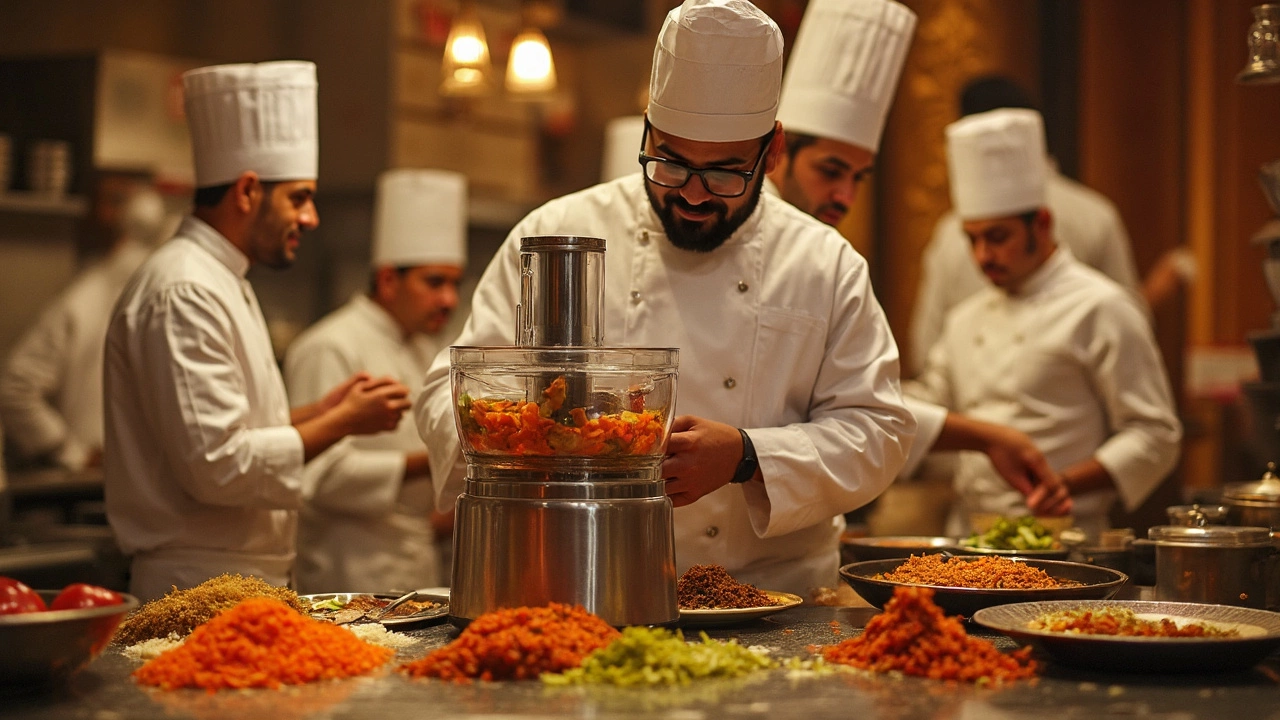Food Processor Basics: What They Are and Why You Need One
If you spend any time in the kitchen, you’ve probably wished for a tool that can chop, blend, and mix without a lot of hassle. That’s exactly what a food processor does. It’s a single appliance with a bowl, a sharp blade, and a few different discs that let you slice, shred, knead dough, or turn veggies into a puree in seconds. The result is less time at the cutting board and more time enjoying the food you create.
Food processors come in many sizes, from compact 3‑cup models that fit on a tight countertop to large 12‑cup units that can handle a big batch of salsa or dough for a family pizza night. The right size depends on how often you cook and how much you usually make at once.
Key Features to Look For
Motor power. A motor rated between 400‑800 watts is enough for most home tasks. If you plan to grind nuts or make heavy dough, go for a model with at least 700 watts.
Blade and disc options. Basic kits include a chopping blade and a slicing/shredding disc. Some models add a dough blade, a citrus juicer, or a food grinder. Think about the tasks you do most and pick a set that covers them.
Speed settings. One or two speeds work for simple jobs, but a pulse function gives you better control when you need a quick chop without turning the whole batch into a paste.
Safety locks. Look for a lid that won’t run unless it’s securely locked onto the bowl. It’s a small feature that makes a big difference in preventing accidents.
Top Tips for Choosing the Right Model
1. Measure your space. Before you fall in love with a flashy model, check the width, height, and depth. You’ll thank yourself when it fits under the cabinet.
2. Read the warranty. A good warranty (at least one year) shows the manufacturer stands behind the motor and parts. It can save you money if something gives out early.
3. Check the cleaning process. Parts that are dishwasher‑safe or easy to pop off make cleanup quick. Avoid models with hard‑to‑reach crevices.
4. Consider noise level. Food processors can be loud. Look for reviews that mention “quiet” or “low noise” if you have an open‑plan kitchen.
5. Set a budget. You can find reliable units from $50 to $300. Higher price often means a stronger motor and more accessories, but a mid‑range model usually covers everyday needs.
Once you have the right processor, start simple: give it a try with a handful of nuts for a quick nut butter, or pulse a tomato for salsa. You’ll see how fast the tool works and why it’s a staple for many home cooks.
Remember, a food processor isn’t just for big jobs. It can speed up prep for a weeknight stir‑fry, help you make smooth hummus, or even crush ice for summer drinks. Pick a size that fits your kitchen, check the features that matter to you, and enjoy the time you save on chopping and mixing.

Do Restaurants Use Food Processors?
Ever wondered how your favorite restaurant whips up meals with such speed and consistency? It's not just about having a skilled chef at the helm; food processors are often the unsung heroes behind the scenes. From slicing to dicing, these machines save time and ensure uniformity in every dish. Restaurants rely on food processors to enhance efficiency and elevate the dining experience.
Read More